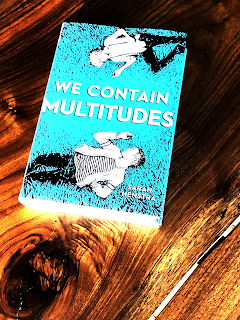

Microbes outnumber cells in our bodies - we get our first dose from our mothers, as we move down the birth canal and in mere days they begin to colonize our infant bodies, growing and changing as we grow and change. They do not make us sick,” Yong asserts, underscoring how microbes nourish our biology, from our gastrointestinal tract to our skin to our sex organs. For more than 2 billion years, these simple creatures were Earth’s only inhabitants, until a virtual mathematical impossibility occurred: A bacterium merged with an archaeon, producing a new organism with a nucleus and mitochondria, fuel packs for energy.įrom this primal ancestor all multicellular life has descended: funguses and firs, spiders and Sumatran tigers. Yong traces microbes back to their beginnings, when bacteria and archaea (similar in appearance to bacteria but a different domain of microorganism) swam in our planet’s early oceans.

Yong - who like Carl Zimmer belongs to the highest tier of science journalists at work today - weaves revelatory anecdotes and cutting-edge reporting into an elegant, illuminating page-turner that deserves a broad readership. Microbes have an unfairly poor reputation, Ed Yong argues in “I Contain Multitudes,” his beautifully written account of the history of microbes and researchers who have explored the vital roles these microscopic creatures play in our bodies and our world.


 0 kommentar(er)
0 kommentar(er)
